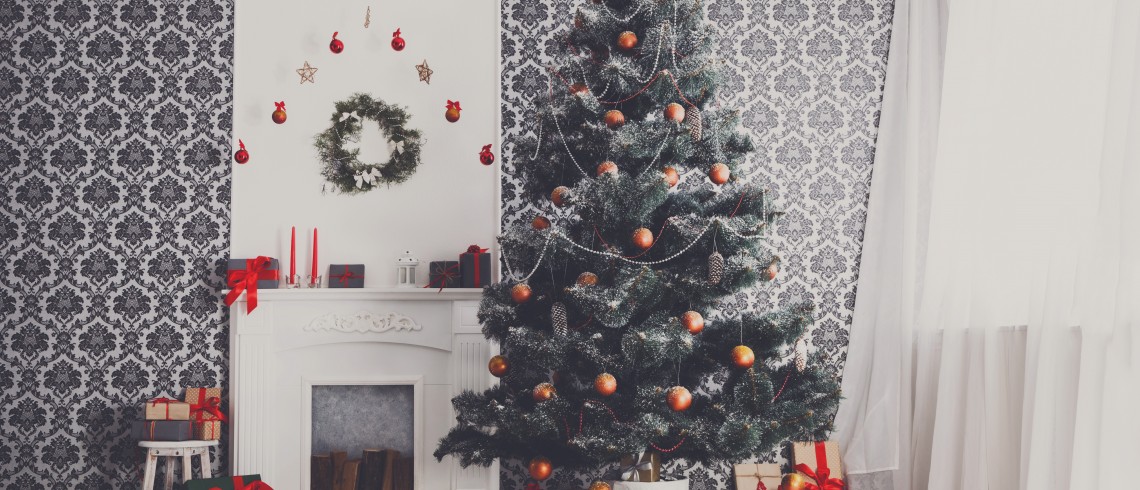Did you get your Christmas tree up this past weekend?
My preference is to have it up in the first two weekends after Thanksgiving, so we can enjoy it for as long as possible. However, I’ve had it with my trees prematurely drying and dying. Because of this I try to push it out one more week. There’s nothing worse than a brown, crunchy tree on Christmas morning! I’m convinced that Nevada’s dry climate is totally to blame for my Christmas tree trouble. Our dry climate also puts at a much greater the risk for house fires.
The National Fire Protection Association reports that fire departments respond on average to 170 fires started by Christmas trees each year. On average there are 4 deaths, 15 injuries and $12 million in property damage annually. Join me in staying educated and safe during the most wonderful time of the year.
Here are some safety tips from the American Christmas Tree Association:
- Fresh trees are less likely to catch fire, so look for a tree with vibrant green needles that are hard to pluck and don’t break easily from its branches. The tree shouldn’t be shedding its needles readily.
- Always place your tree away from heat sources like fireplaces, radiators, candles, heat vents or lights, and keep the tree base filled with water to avoid a dry out.
- Make sure all your indoor and outdoor Christmas lights have been tested in a lab by the UL or ETL/ITSNA for safety, and throw out any damaged lights.
- Keep all your holiday candles away from your Christmas tree, surrounding furniture and décor.
- Bedtime means lights off! Don’t forget to turn your Christmas tree lights off each night.
- When your tree begins to drop its needles, it’s time to say goodbye to your evergreen foliage until next year.
Watch the following video from the NFPA for more reminders on Christmas tree safety:
For all of the effort that we put into making Christmas special for our families, going the extra mile to keep it all safe from fire is an important priority.

